You won’t believe some of these shocking germ hotspots that are dirtier than your toilet!
You might be among those people who believe that your toilet seats are the dirtiest place ever. But if you are, we’re here to tell you you’re mistaken. No doubt, it’s one of the dirtiest places in your home. Still, it’s far from its most shocking germ hotspots.
Various studies have established that your toilet seats aren’t the dirtiest. When you compare it to another location around your house, you’ll realize that your toilet seats are relatively tidy. And we’re talking about the things you use daily and those you would never suspect.
Plenty of other germy stuff around your house isn’t typically cleaned as much because you probably don’t think they’re dirtier than a toilet seat.
And while no single item wins the award for being the dirtiest thing you touch, look at these 8 shocking germ hotspots around your house that routinely become coated with germs, and be prepared to grab some cleaning supplies!
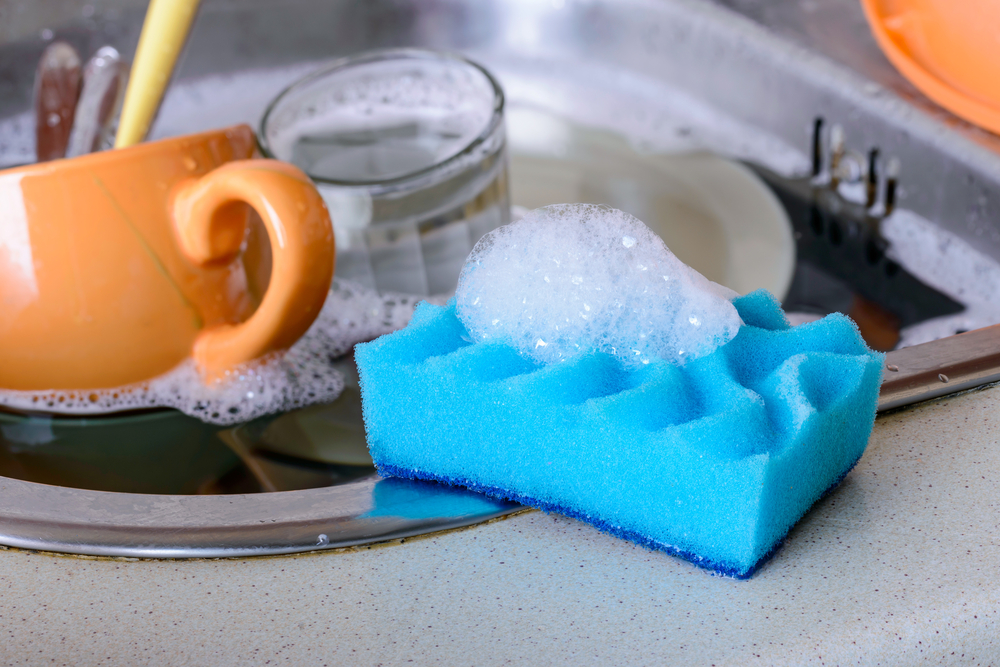
Kitchen sponge
That nasty smell coming from your sponge is the odor of coliform bacteria, a.k.a. salmonella or E. coli, creeping into the sponge’s pores. No matter what type of kitchen sponge you use, it’s made to trap bacteria-filled residue.
And when you use this shocking germ hotspot to wipe down your countertops, all you’re doing is spreading a fine layer of that bacteria all over them. And guess what? Rinsing the sponge with hot water for a few minutes won’t do the trick.
Your sponges must be soaked in vinegar or sanitized in the dishwasher to clean them thoroughly. But it’s best to just replace them every couple of weeks.
Remote control and keyboard
How many times a day do you touch your keyboards, laptop, or the remote controls that operate everything from your television to your ceiling fan? These items carry germs from every hand that’s touched them.
Cleaning a dirty laptop and other shocking germ hotspots using a disinfectant wipe for electronics is easy. It should be done at least once a day and more often if someone in the household has an infection or virus.
Cellphone
Since we’re on the topic of devices, here’s a not-so-fun fact: Your cell phone can carry ten times more bacteria than toilet seats. When you take your phone into the bathroom with you, it could pick up fecal bacteria because flushing toilets spray plenty of germs.
But, even if you never take your cell phone into the bathroom, it’s still covered with bacteria from everything else you touch and every surface it brushes up against.
Cleaning this shocking germ hotspot is effortless with the right supplies: distilled water, rubbing alcohol, and a microfiber lint-free cloth. And while you’re cleaning your phone, remember to clean your earbuds and other accessories, as well.
Beards
Unfortunately, your beard, if you have one, is far dirtier than your toilet seats. Beards have always been quite common among men. Nowadays, it’s even more of an expression of masculinity. But that doesn’t detract from how nasty and dirty they can be.
When performing an experiment, some beards were swabbed and examined for bacteria. Well, the results would shock you. It showed that some housed significant dirt in them that would warrant a shutdown if it were in any water system.
So, yes, your beard is filthy and home to millions of bacteria, if not more. So, if you’ve been carefree about this shocking germ hotspot, you may want to pay a bit more attention to it.
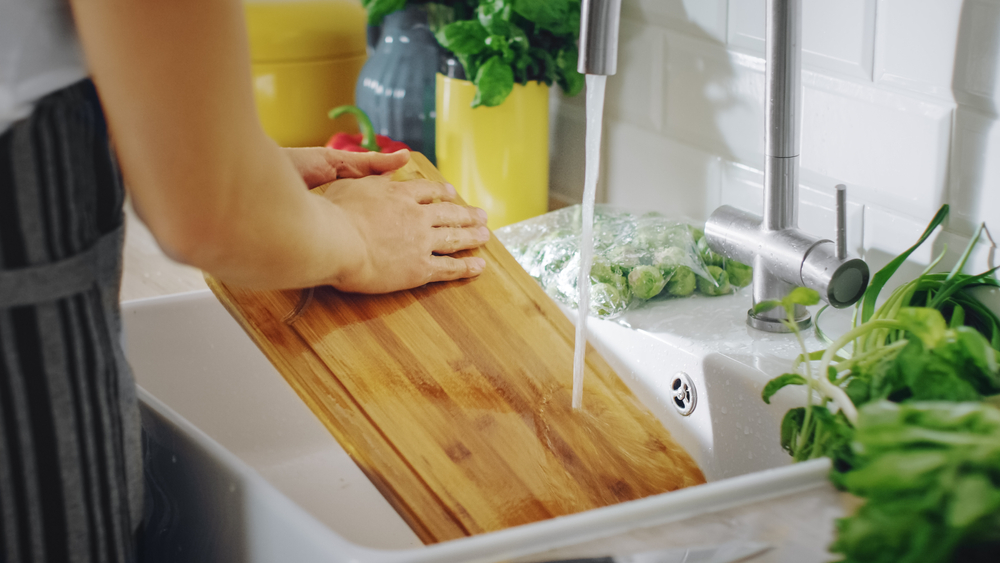
Your chopping board
We bet you’re wondering how this item is even on our list. After all, you’ve been using it constantly in your kitchen, where you eat daily, right? Well, the reality is that your chopping board is nasty.
Many studies show that your cutting board has as much as 200 times more fecal bacteria than a toilet seat does. And this isn’t far from the fact that you cut your meat here. Usually, your meat comes with different internal organs. They have fecal matter.
When you cut your meat on the board, all that matter gets transferred to it. Now, this doesn’t mean you should stop using your cutting board.
All you’ll need to do is clean it vigorously after using it. You can soak this shocking germ hotspot in some bleach solution to accomplish this.
Bathroom doorknob
Does everyone in your household wash their hands faithfully each time they sneeze, use the bathroom, or prepare food? You can’t always be sure, can you?
Only about half of Americans wash their hands properly after bathroom use, which can spread strains of E. coli that may be present in the waste. And it’s not just the bathroom doorknob that’s filthier than a toilet, either.
It’s all the doorknobs in your home, light switches, handles, and electronic keypads that are probably chock-full of bacteria or virus-laden.
A swift wipe-down with a disinfectant wipe on this shocking germ hotspot will take care of the issue. Just be sure to use one wipe per room because one wipe can’t disinfect an entire house full of knobs.
Clean laundry
This shocking germ hotspot might be one of the most surprising discoveries for you. After all, you think you’ve just washed your clothes and should be free from any germs. Well, the reality is that there are even more bacteria and germs in your washing machine.
The “why” of the matter is pretty simple. Ask yourself the amount of items that enter your machine. You’ll realize your dirty underwear also goes in there. In case you didn’t know, underwear carries significant fecal matter and many other bacteria.
When you wash your clothes between 30 and 40 degrees, you can hardly destroy those germs. In turn, this bacteria remains on your clothes after you wash them. Even worse, if you have a front-loading machine, water typically settles on the bottom of your machine.
This can then serve as a breathing ground for many more bacteria. When you think about the fact that your toilet seat is usually dry, you’ll realize how much more risk your washing machine poses. However, don’t let this stop you from using the washing machine.
All you need to do is clean this shocking germ hotspot regularly, at least twice a month. You can use warm water and bleach to accomplish this. Then, wipe it dry using a towel. You can also wash your underwear separately.
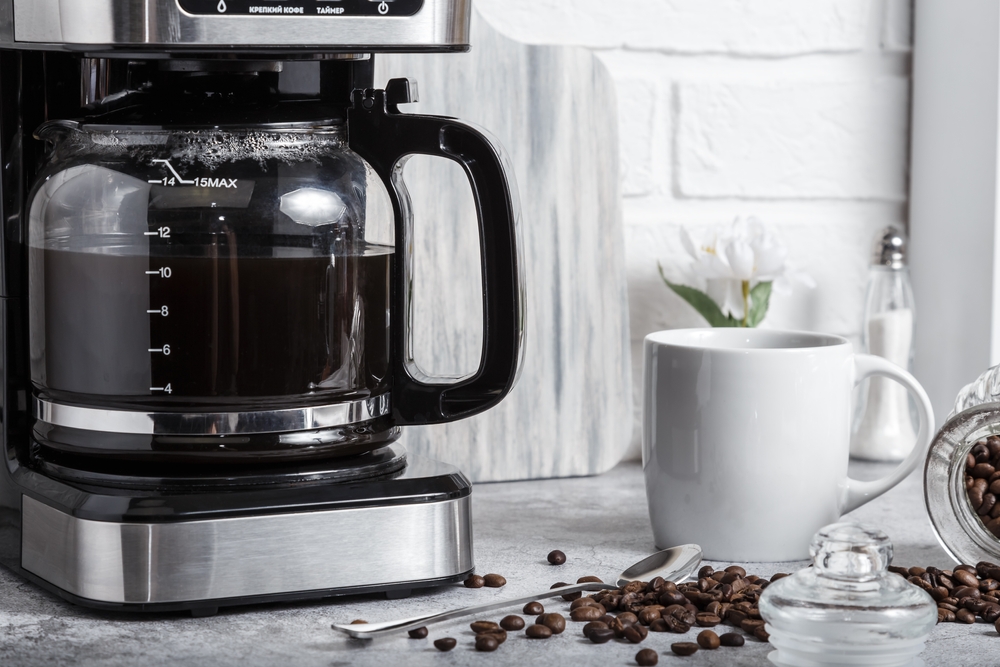
Coffee maker
Stick your finger into any part of your coffee maker, especially the water reservoir. Chances are, it will feel a bit slimy. That slime results from pathogenic bacteria, mold, and mildew that have developed in your coffee maker’s damp parts.
Clean this shocking germ hotspot monthly. But remember to read the user’s guide first for any specific instructions on your model. However, cleaning it by adding undiluted white vinegar into the reservoir and letting it sit for about an hour is safe.
Turn on the machine and let the vinegar run through the machine on a cycle. Immediately follow up with a few cycles of fresh water to rinse out the vinegar. If you don’t have any vinegar at home, this Amazon brand can help you out!
Was our list of shocking germ hotspots surprising to you? Be sure to let us know in the comments. And if you liked this post, we also recommend reading: 25 Kitchen Organizing Mistakes That Are Costing You Money

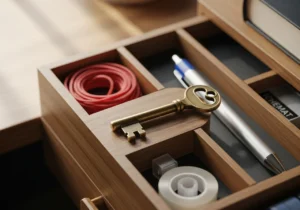
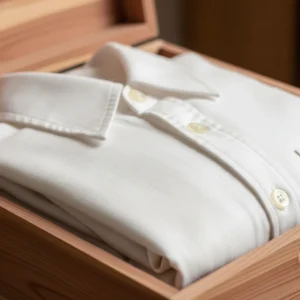
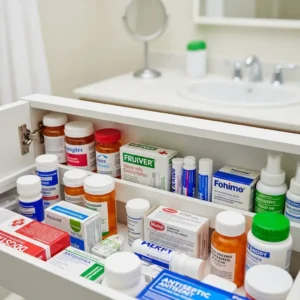
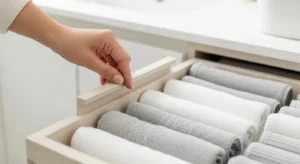
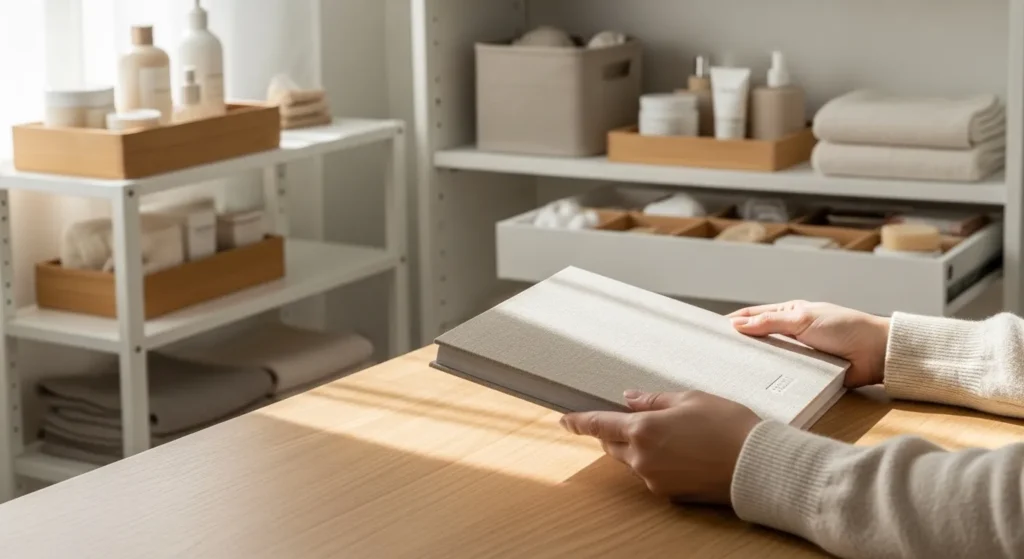
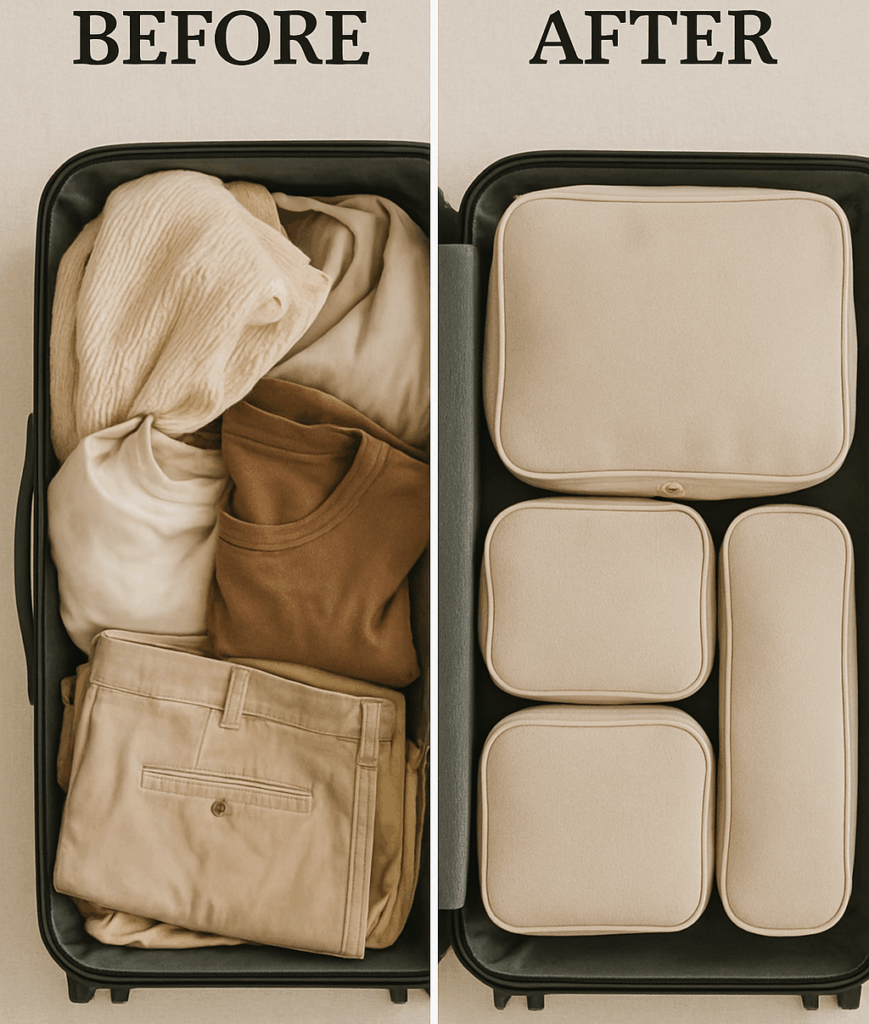

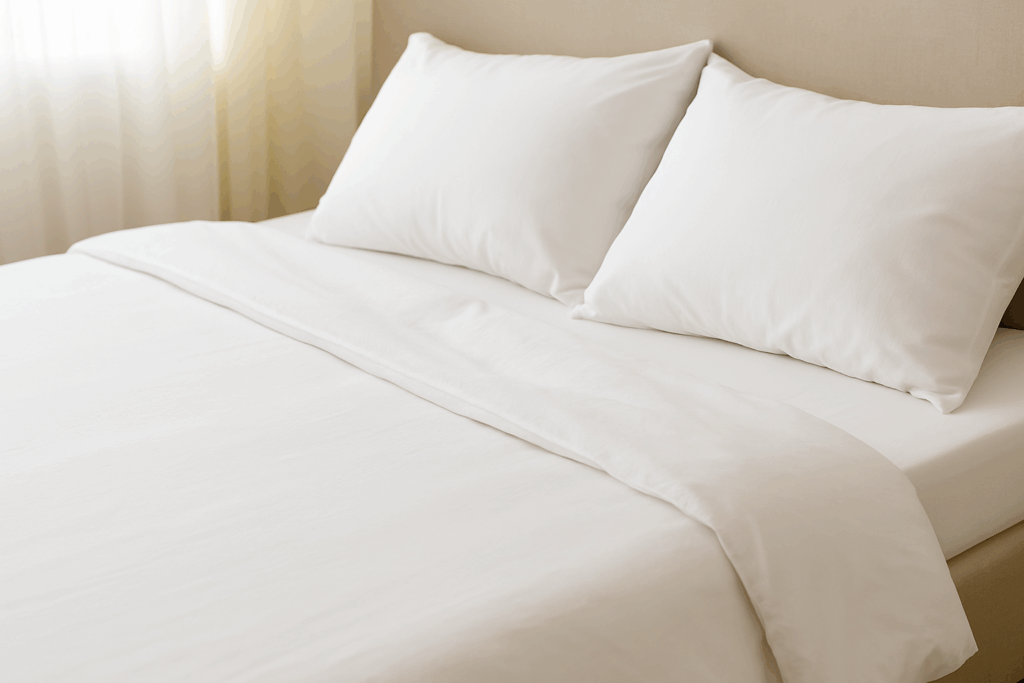
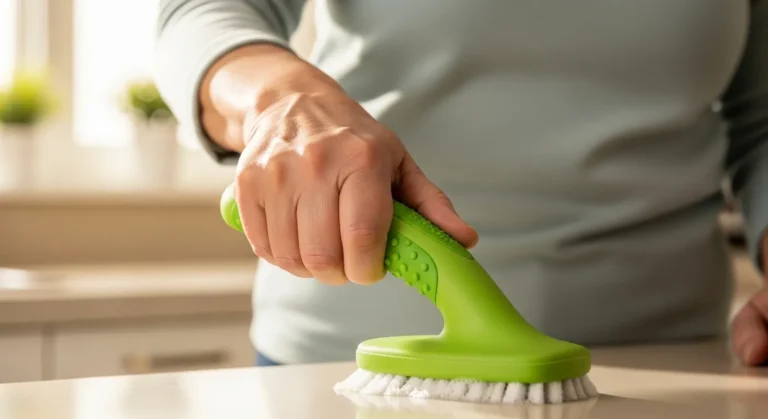
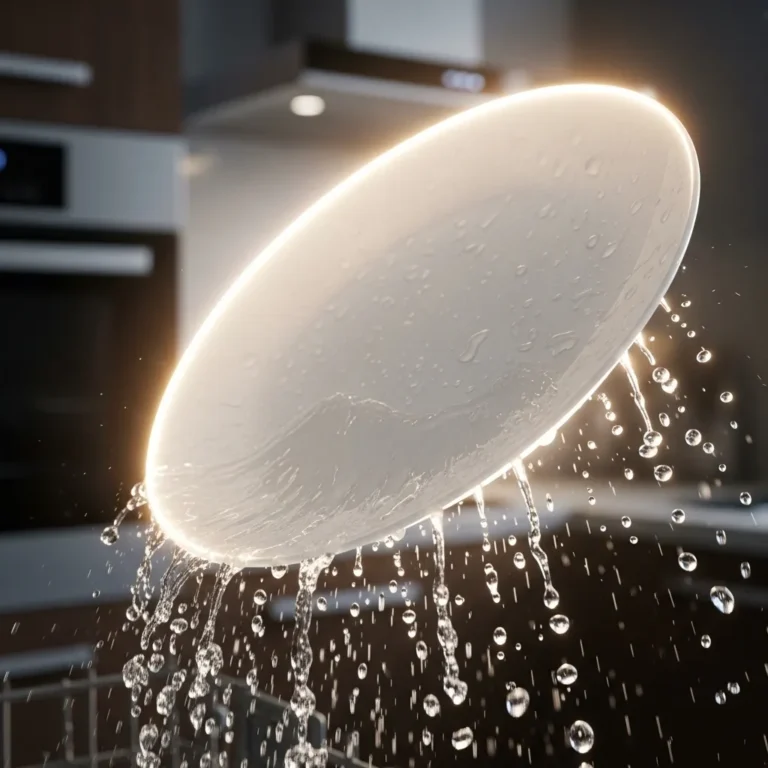

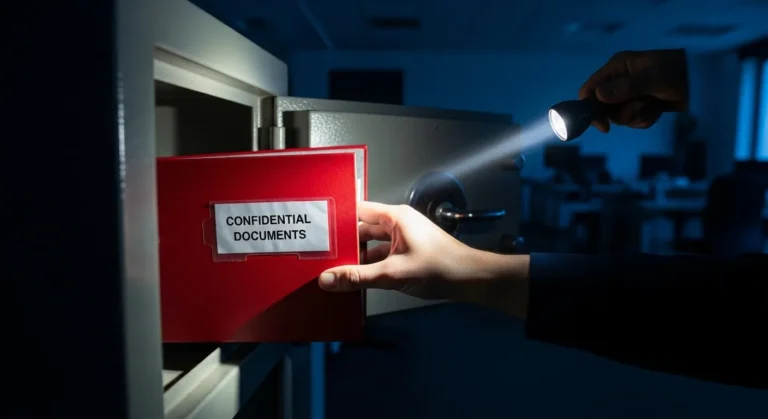
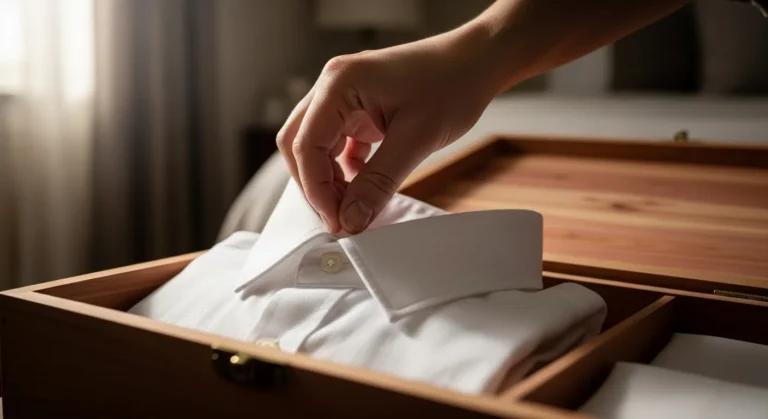
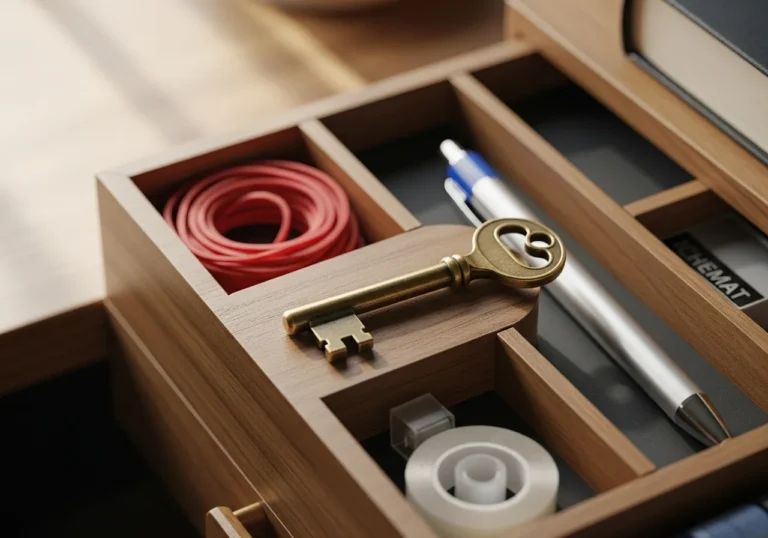
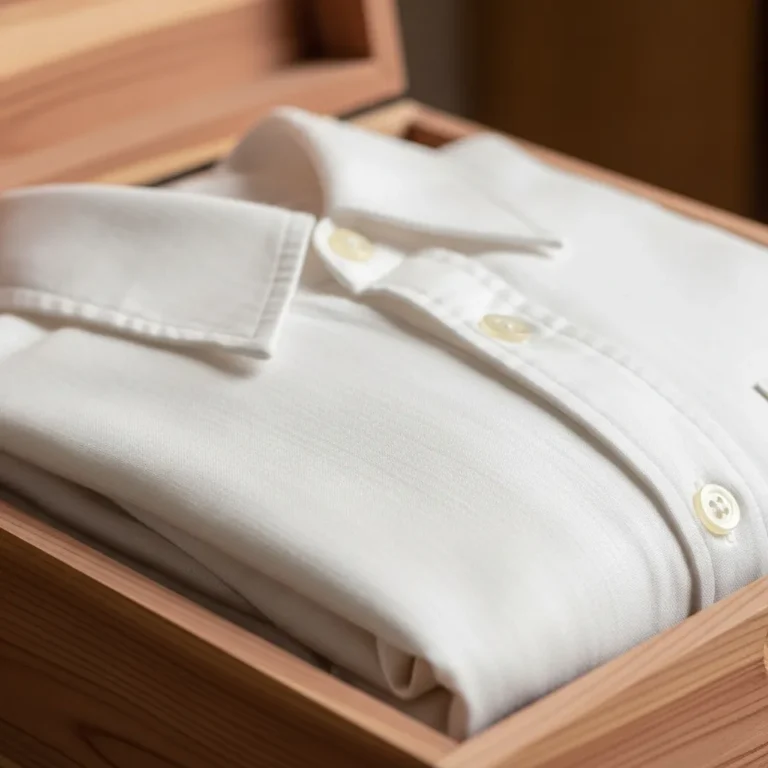
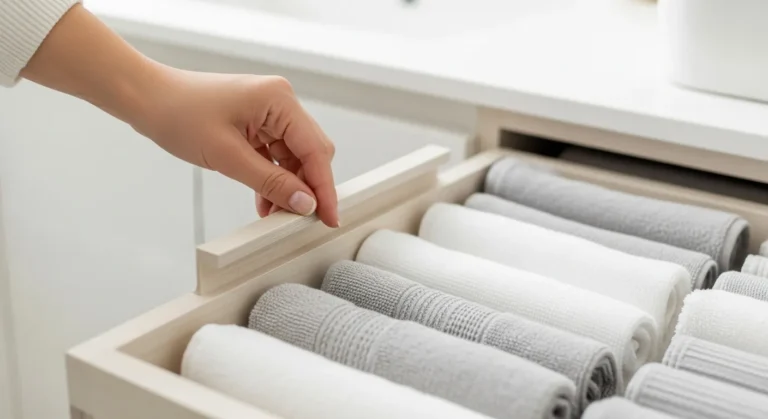
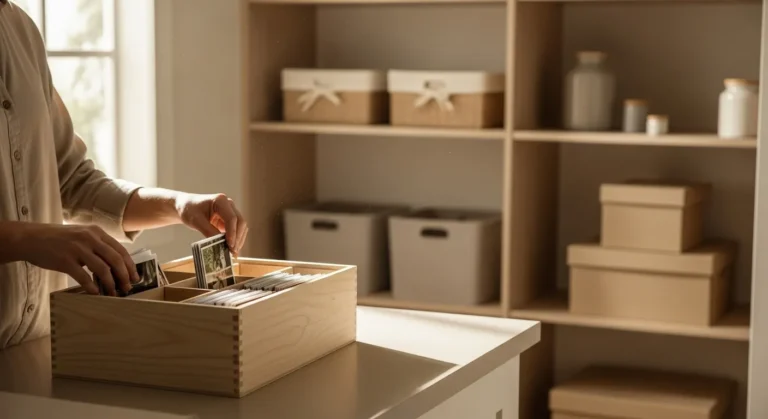
One Response
Thank you! Thank you! Thank you! Although, I don’t really use some of the things mentioned in this article, there’s a few that I do, of course! But, being a member of the OCD Club, I’m normally on top of cleaning, but the few pointers that was given by you all just helped me even more! Sooo, again! Thank you! Thank you! Thank you!